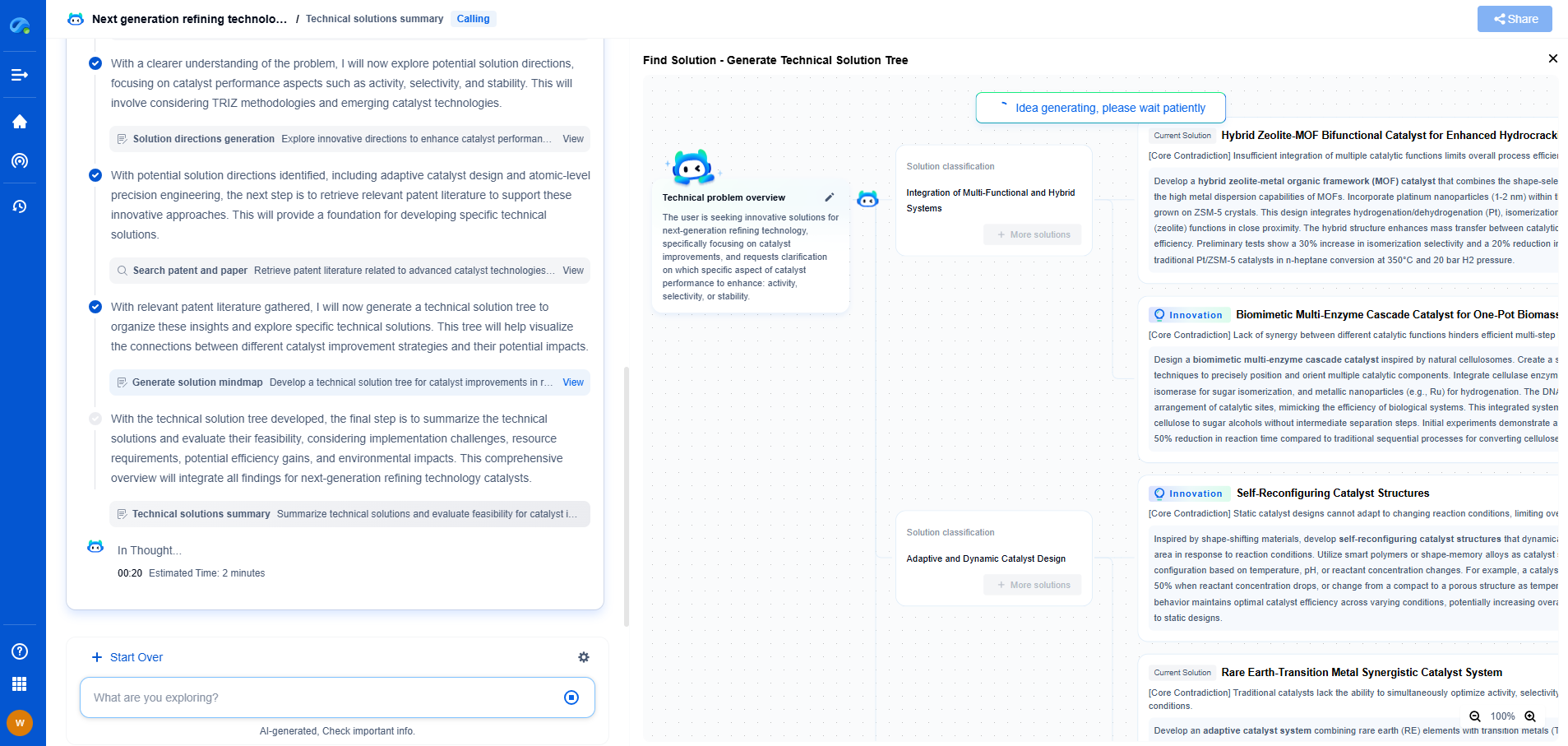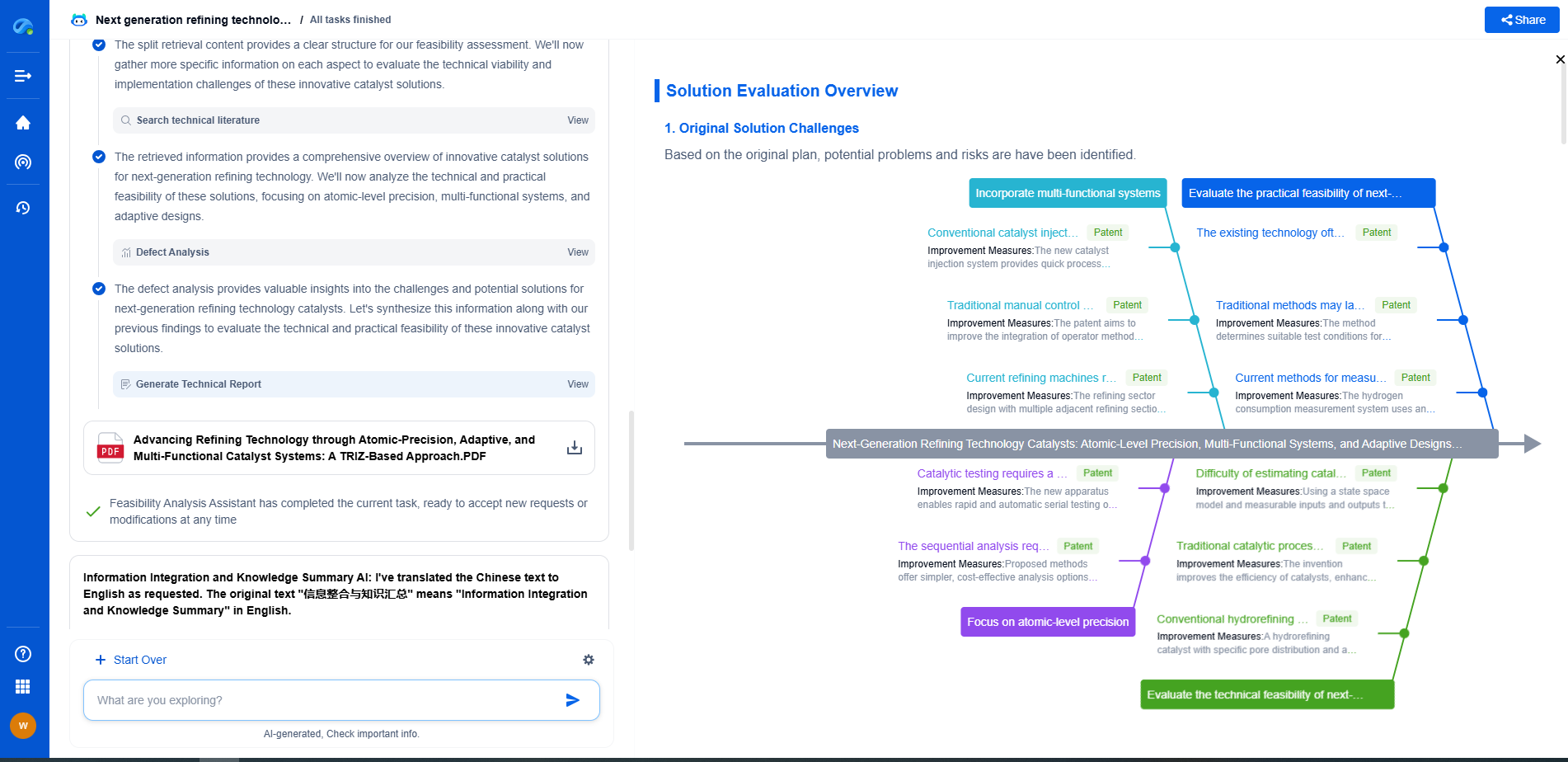Spectre & Meltdown: How CPU Vulnerabilities Changed Security Forever
JUL 4, 2025 |
In early 2018, the tech world was rocked by the discovery of two significant CPU vulnerabilities known as Spectre and Meltdown. Researchers unveiled these flaws, fundamentally changing how we perceive and implement computer security. The realization that nearly every processor produced over the past two decades was potentially vulnerable sent shockwaves across industries worldwide. This article explores how these vulnerabilities changed the security landscape forever.
Understanding Spectre & Meltdown
Spectre and Meltdown are side-channel attacks, exploiting the speculative execution feature of modern CPUs to access sensitive data. Speculative execution is a technique used to optimize performance by predicting and executing tasks before they are confirmed necessary. While this boosts speed, it also opens a side door for attackers to sneak in and extract privileged information from memory, such as passwords, encryption keys, and personal data.
Spectre, named for its ability to haunt application code, affects a broad range of devices, including smartphones, PCs, and cloud servers. It manipulates branches in code execution, tricking processes into revealing private data. Meltdown, on the other hand, specifically targets Intel processors, allowing malicious software to bypass memory isolation, accessing information that should be protected.
The Impact on Security Practices
The revelation of Spectre and Meltdown forced the tech industry to confront a harsh reality: vulnerabilities at the hardware level required a fundamental rethink of existing security paradigms. Software-based solutions alone were insufficient to safeguard systems. As a result, both manufacturers and software developers had to urgently devise fixes and patches to mitigate these risks.
Security patches were quickly rolled out but were not without their downsides. Many updates resulted in reduced processing speeds, affecting performance—a sacrifice necessary to ensure security. Companies scrambled to understand the full scope of the vulnerabilities, update systems, and educate users about the importance of applying security patches promptly.
Redefining Hardware Security
One of the most significant outcomes of Spectre and Meltdown was the spotlight it cast on hardware security. Traditionally, software vulnerabilities were the primary concern, with hardware considered largely secure. However, these vulnerabilities highlighted the need for comprehensive security approaches that incorporate both hardware and software elements.
Manufacturers began reconsidering CPU design, prioritizing security features alongside performance. Speculative execution, once hailed as a breakthrough for faster computing, was scrutinized, with efforts made to create more secure alternatives. This shift influenced new chip designs, leading to increased collaboration between hardware and software developers to build more resilient systems.
The Role of Collaboration and Transparency
In the wake of these vulnerabilities, collaboration and transparency became crucial in addressing widespread security concerns. The tech industry witnessed an unprecedented level of cooperation among competitors, researchers, and cybersecurity professionals. The urgency of the situation demanded that companies share information and strategies to prevent exploitation.
Transparency also gained prominence, with users expecting clearer communication regarding vulnerabilities and their implications. Companies learned to balance the need for discretion—necessary to prevent exploitation—with the imperative of keeping customers informed. The result was a new era in cybersecurity, where collaboration and openness became key components of effective security strategies.
Lessons Learned and the Path Forward
Spectre and Meltdown served as wake-up calls, reminding us that no system is entirely secure. They prompted a reassessment of security priorities, urging both individuals and organizations to adopt proactive measures. Security became a shared responsibility, with users encouraged to take an active role in maintaining their systems.
Moving forward, the tech industry continues to evolve, striving to anticipate and counteract potential vulnerabilities. Spectre and Meltdown taught us the importance of vigilance and adaptability in an ever-changing security landscape. As technology advances, the lessons learned from these vulnerabilities serve as a guiding light, ensuring that security remains at the forefront of innovation.
Conclusion: A New Era of Security Awareness
Spectre and Meltdown changed the security landscape forever, highlighting the critical importance of hardware security and collaborative efforts. These vulnerabilities exposed the fragility of modern computing systems, but they also spurred significant advancements in security practices. As we navigate the complexities of an increasingly digital world, the legacy of Spectre and Meltdown continues to shape our approach to building safer and more secure systems for the future.
Accelerate Breakthroughs in Computing Systems with Patsnap Eureka
From evolving chip architectures to next-gen memory hierarchies, today’s computing innovation demands faster decisions, deeper insights, and agile R&D workflows. Whether you’re designing low-power edge devices, optimizing I/O throughput, or evaluating new compute models like quantum or neuromorphic systems, staying ahead of the curve requires more than technical know-how—it requires intelligent tools.
Patsnap Eureka, our intelligent AI assistant built for R&D professionals in high-tech sectors, empowers you with real-time expert-level analysis, technology roadmap exploration, and strategic mapping of core patents—all within a seamless, user-friendly interface.
Whether you’re innovating around secure boot flows, edge AI deployment, or heterogeneous compute frameworks, Eureka helps your team ideate faster, validate smarter, and protect innovation sooner.
🚀 Explore how Eureka can boost your computing systems R&D. Request a personalized demo today and see how AI is redefining how innovation happens in advanced computing.
- R&D
- Intellectual Property
- Life Sciences
- Materials
- Tech Scout
- Unparalleled Data Quality
- Higher Quality Content
- 60% Fewer Hallucinations
Browse by: Latest US Patents, China's latest patents, Technical Efficacy Thesaurus, Application Domain, Technology Topic, Popular Technical Reports.
© 2025 PatSnap. All rights reserved.Legal|Privacy policy|Modern Slavery Act Transparency Statement|Sitemap|About US| Contact US: help@patsnap.com

